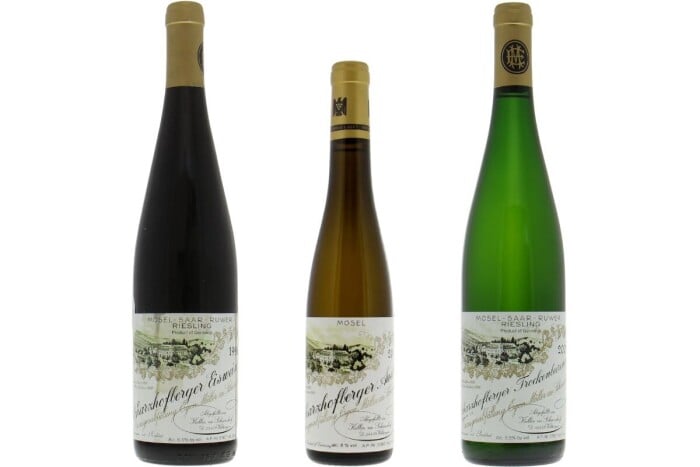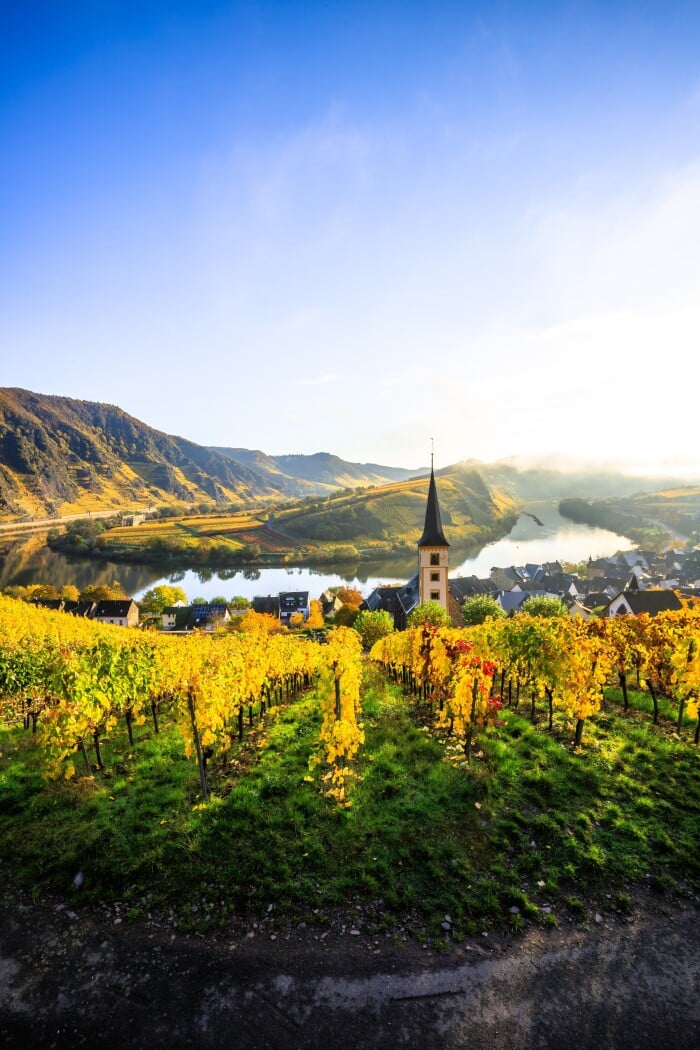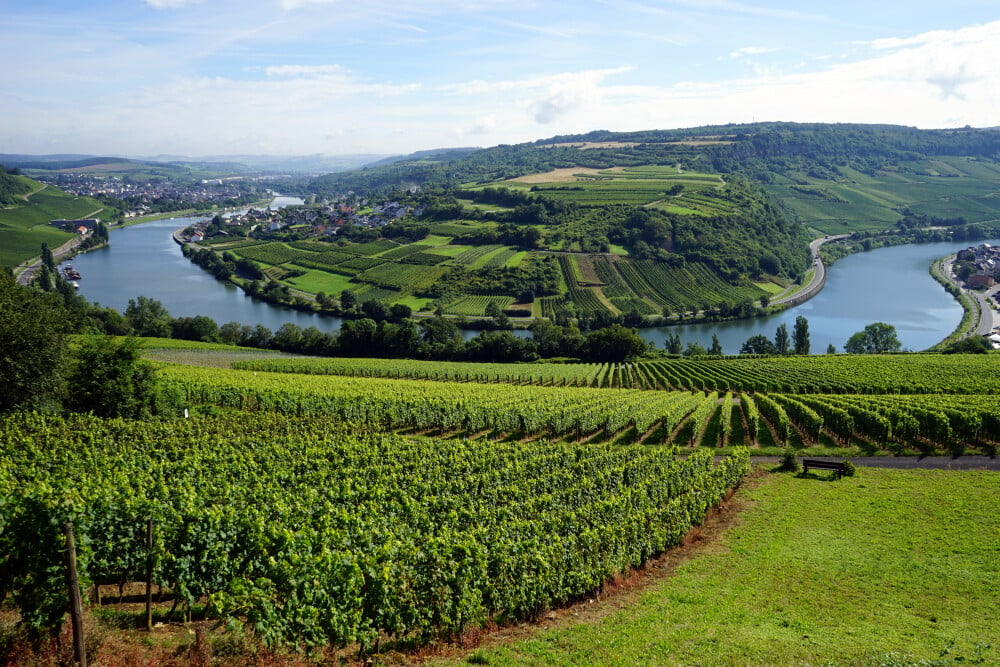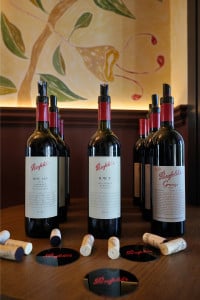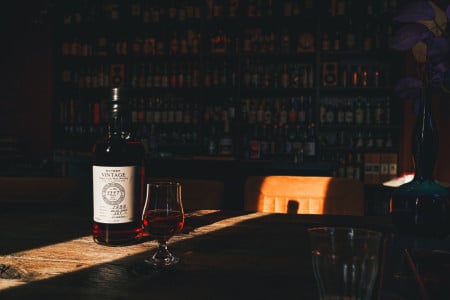3. How did it come about that the most expensive wine in Germany comes from Egon Müller?
Since September 2015, the name Egon Müller has also become better known in Germany when it comes to wine. Back then, he briefly dominated the press in his home country. What had happened? His Scharzhofberger Riesling Trockenbeerenauslese 2003 went under the hammer at the annual auction of the VDP (Association of German Prädikat Wine Estates) for the incredible price of 12,000 euros. Per bottle. Plus 5% auction fee and 19% VAT. Which meant that a 0.75 litre bottle actually cost a whopping 14,994 euros! Within minutes, this Trockenbeerenauslese became the most expensive German wine of all time. And that was worth a headline or two even in the wine's home country.
Incidentally, the Trockenbeerenauslese could have been even more expensive. Egon Müller IV released 18 bottles for the auction. When he realised how quickly the bids were rising, he made four more bottles available at the bidding price of 12,000 euros in order to cap the price. A customary procedure - even if not for such a high sum. Egon Müller's noble sweet wines always attract very high bids at auction. However, such a high price was and still is unique.


